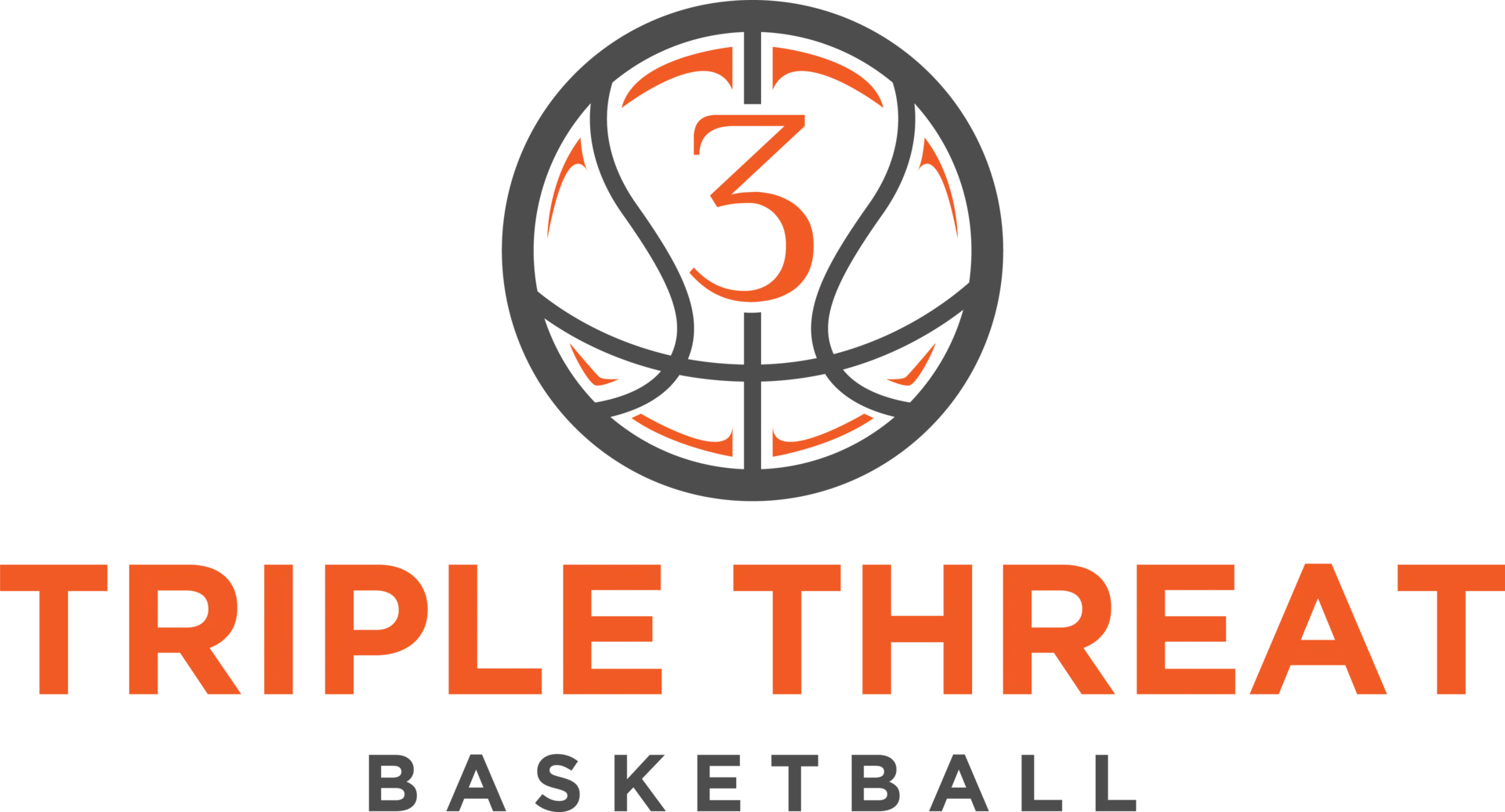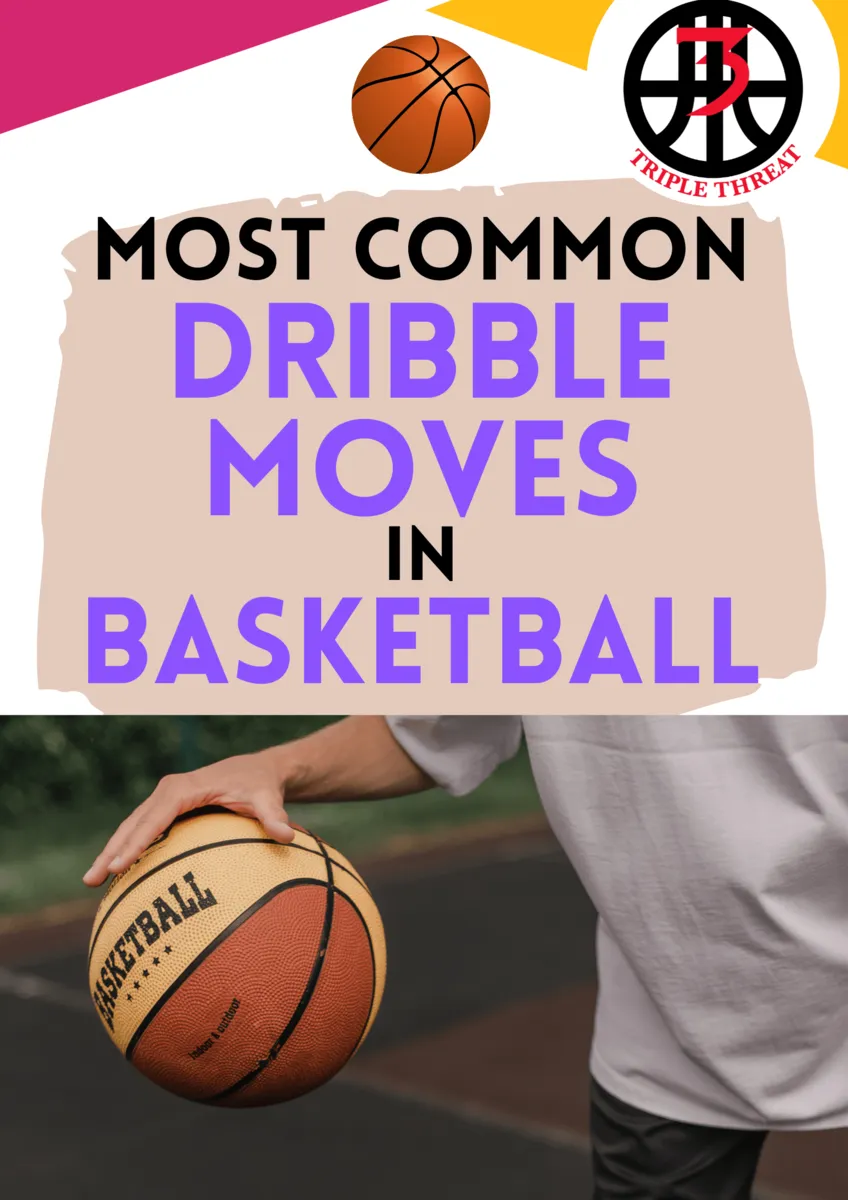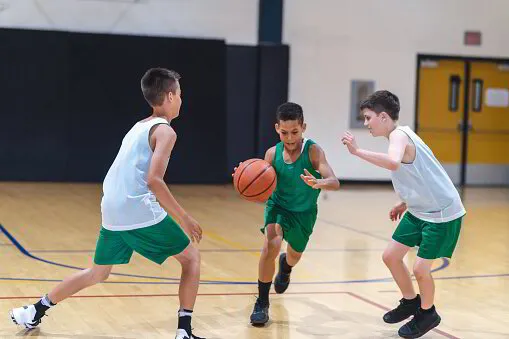Introduction
Perhaps one of the most fundamental skills that a good basketballer ought to master is the art of dribbling. Dribbling is an undeniably important aspect in every basketball game due to the multifaceted functions it serves - whether it is to guard the ball against the opponent or to advance the ball forward on the court for a good opportunity to shoot. That being said, dribbling techniques are aplenty and not limited to only one. In this article, we explore some of the most common dribble moves in basketball.
Low Dribble (also known as Control Dribble)
As its name implies, a low dribble is when a player dribbles the ball within close distance to the ground. A low dribble is effectively used to safeguard the basketball from defenders, since in maintaining the ball close to the ground, a player is required to assume a stature that uses his body to shield and “protect” the ball, eliminating space for the opponent to intervene.
Crossover Dribble
One common beginner-level dribble is the crossover dribble, in which a player swiftly transfers the ball from one hand to the other whilst bouncing. The ball constantly switches between the player’s left and right hand. This allows the player handling the ball to establish control over the ball, especially when defenders are poised to snatch.
In doing so, the player can easily throw the defender off - by deceiving them that a ball is going in one direction before immediately switching to the other, which even allows for a good opportunity to pass it to another member of the team. That being said, crossover dribbling requires great practice to perfect as one has to be equally proficient in using both hands due to the constant switch.
Speed Dribble
A speed dribble usually sees players propelling the ball forward rapidly when there appear to be no defenders blocking the open court. Unlike the two aforementioned dribbles, a speed dribble does not necessitate the player protecting the ball from defenders, as his main focus is to advance the ball in an open court. The ball typically bounces at waist or chest-level, and is a quick and effective method of getting the ball across the court or to an open teammate.
Between-the-Legs Dribble
While in large part similar to the crossover dribble, the between-the-legs dribble is more elaborate as it requires players to master an extra step. On top of simply bouncing the ball from one hand to the other, the between-the-legs dribble entails transferring the ball to the other hand via the space between the player’s feet. This dribble allows the player to assert control over the ball by determining his own direction and speed, all whilst safeguarding the ball from defenders as his body shelters the ball as it goes between his legs during the dribble - which is especially important when a switch in pace is necessary to move past a defender and into the lane.
All things considered, the between-the-legs dribble may be more advanced than the previous dribbles due to the good coordination and control it requires. With enough practice, of course, this can be one of the more advantageous basketball dribbles.
Change-Of-Pace Dribble
The change-of-pace dribble involves a player dribbling the ball at varying paces, essentially tricking the opponent. A player utilising the change-of-pace dribble begins by slowing down his pace such that the defender is deluded into thinking that he is decelerating, hence relaxes his pace as well. Once the defender loses his momentum, the player speeds up and dribbles past him.
The quick shift in speed and direction gives the player an upper-hand as it creates distance between him and the defender, allowing him to pass the ball or potentially score with greater ease.
Hesitation Dribble
The hesitation dribble is another prime counter move to keep the defender second-guessing a player’s next move, giving the player a chance to throw the defender off. A player employing the hesitation dribble dribbles at a fast pace towards the defender before coming to a sudden halt and then lunging forward with one foot. The defender’s momentum is thus thrown off on believing that the player will proceed in a certain direction and tries to close in on him, but the player takes this opportunity to explode from another side and speedily dribbles towards the hoop.
Conclusion
And there we have it, several of the most common dribble moves in basketball covered. This list is clearly non-exhaustive, and dribble moves in basketball come in all variations and forms - all effective in their own ways in diminishing a defender’s momentum and lending the player an upper hand to decide his speed, control, and direction. Sign up for private basketball training with Triple Threat to master dribbling skills and blow by your defenders!



